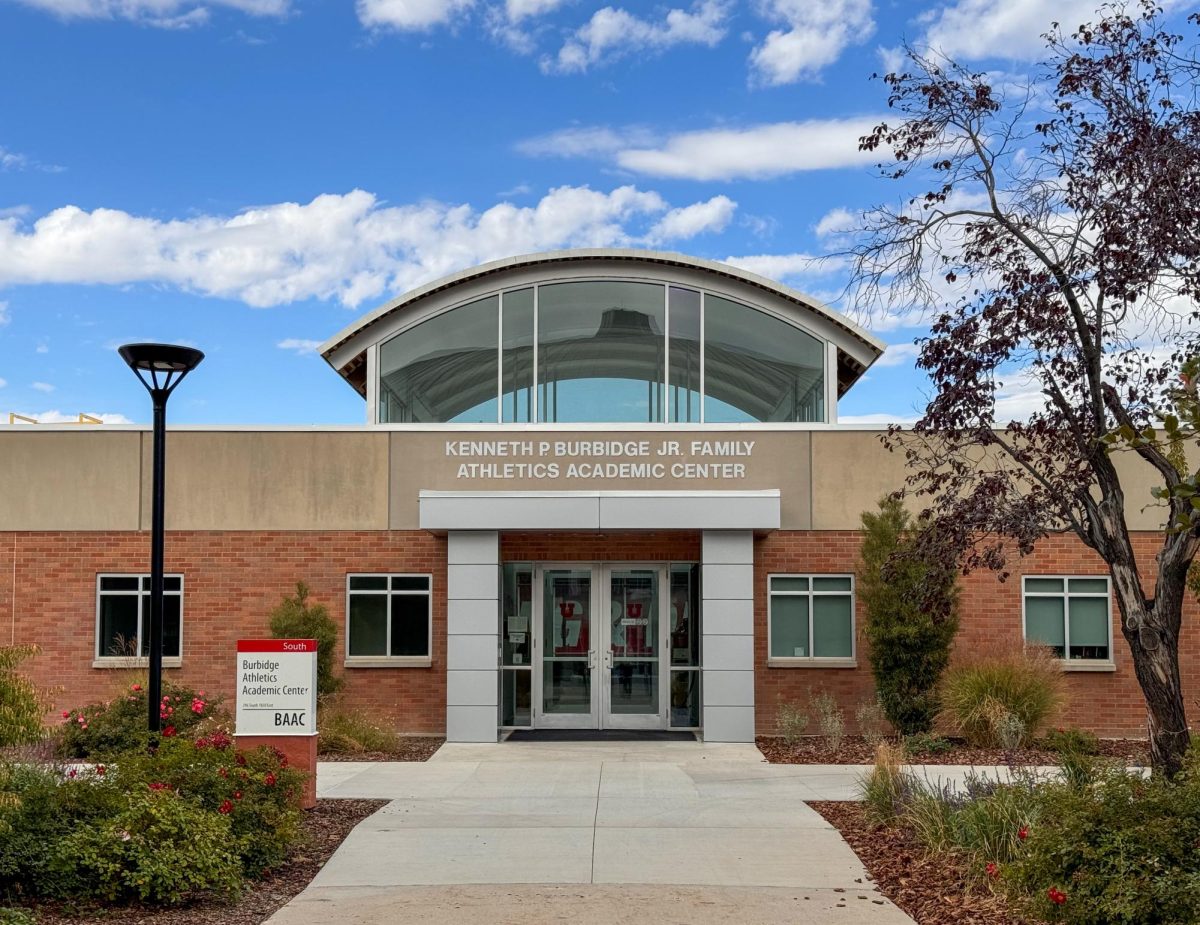Burton: Now Is the Time to Push for Education
July 3, 2020
On June 18, the Utah Legislature held a special session to address the budget gap created by the coronavirus-induced economic downturn. Several non-profit organization groups worried about potential cuts to education and social services. Luckily, by accessing rainy day funds, education and social services were spared from the most drastic budget cuts. With this legislative victory, Utah education advocacy groups should continue to capitalize on the newfound interest directed towards education.
Utah’s economy continues to rank among the nation’s best. The state has a welcoming business climate and diverse collection of industries, all of which contribute to government revenue flows. The constitutional requirement of maintaining a balanced budget also contributes to Utah’s perfect credit rating. This places Utah in an advantageous position of having more discretion in its spending. However, because of Utah’s historically thrifty finances, they often spend less than necessary for certain departments. Among them is education, arguably the most discussed topic of where to allocate state revenue with lawmakers. Utah’s education interest groups should take advantage of Utah’s excess revenue and persuade lawmakers and the public that more spending will not be detrimental to the state’s economy. This will certainly come with challenges since some hold the incorrect belief that higher spending is wasteful spending.
By observing the budgetary breakdowns of the tax revenue for FY 2021, one can see that Utah allocates 41% of it to education (including Higher Ed). On the surface, it appears that Utah already spends a lot on education, but there are several caveats to this figure. The most apparent of these caveats is that Utah’s rank against other states (and D.C.) in per-pupil public spending is last place.
Utah education has an interesting history. In certain regards, Utah performs above the national average and in other regards painfully below standard. Higher education, for example, has a pretty good record. State support for higher education per full-time student remains among the highest in the nation. Governor Herbert’s proposed tuition freeze to restructure tuition is also another indicator for the financial attention directed towards Higher Ed.
While Higher Ed receives decent financial support, primary and secondary education does not. For example, until very recently, state spending on pre-K education was non-existent — one of only several other states that do not have pre-K expenditures. There are also gaps in teacher payrolls. Though above the elementary teacher national average starting salary is marginally higher, Utah’s teachers’ wages are not competitive. This has been a major factor in the shortage and high turnover rates of elementary school teachers not only Utah but the entire country.
Interest groups should take advantage of the attention Utah politics has directed towards education. Education has captivated interest from insiders and constituents alike for some time. And education concerns are magnified with Utah’s ongoing gubernatorial race. This years’ gubernatorial candidates have made education reform a key issue of the campaign. Spencer Cox, Jon Huntsman, Thomas Wright, Greg Hughes and Chris Peterson have brought lots of attention to education. In addition, concerns about how schools will operate during what may be a socially distant new school year have placed even more urgency into the already ongoing discussion on educational funding. The recent special session will not be the full-stop in the discussion of educational funding, rather it can mark a significant start to a larger movement.
Lastly, advocacy groups should highlight the equalizing effect education has on future generations. Education plays a pivotal role in social mobility and making the economy more equitable. Utah has set out several goals in achieving certain educational benchmarks by 2022. As of 2018, minorities and the economically disadvantaged scored below standards — an alarming trend. Advocacy groups should argue that unless intervention in education is enacted, the loss of opportunity will be significant.
Utah is moving in a promising direction when it comes to educational funding. Renewed attention to education due to COVID-19, the gubernatorial race and the recent success of the special legislative session has created momentum. Interest groups can utilize the attention of government and constituents to build an effective case for closing the educational funding gap.








